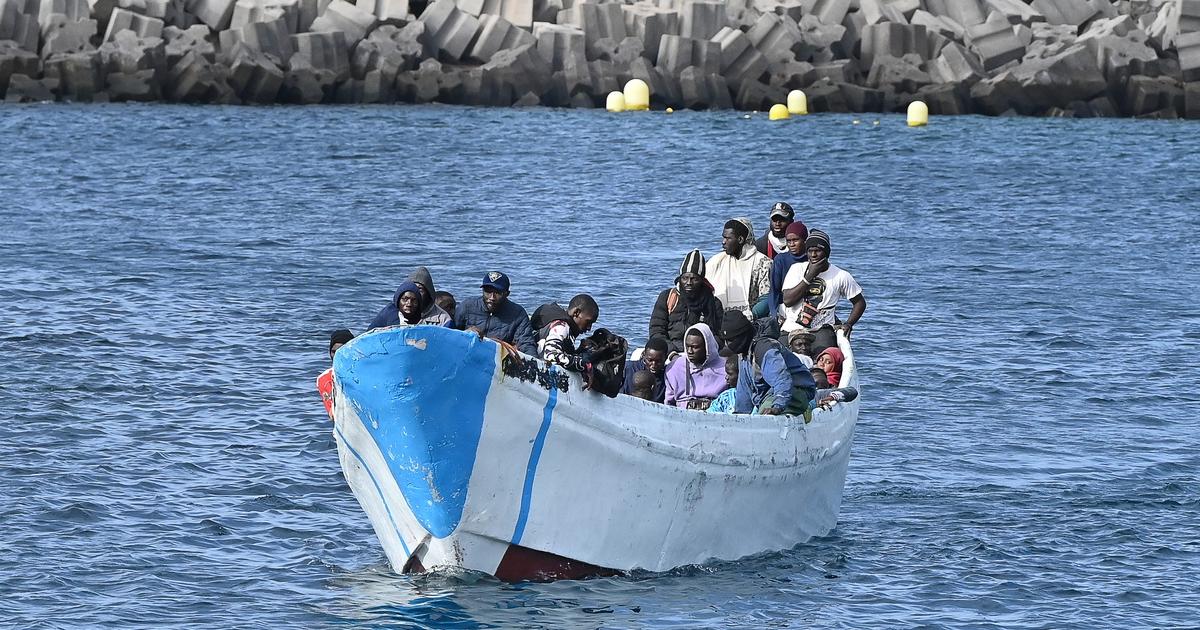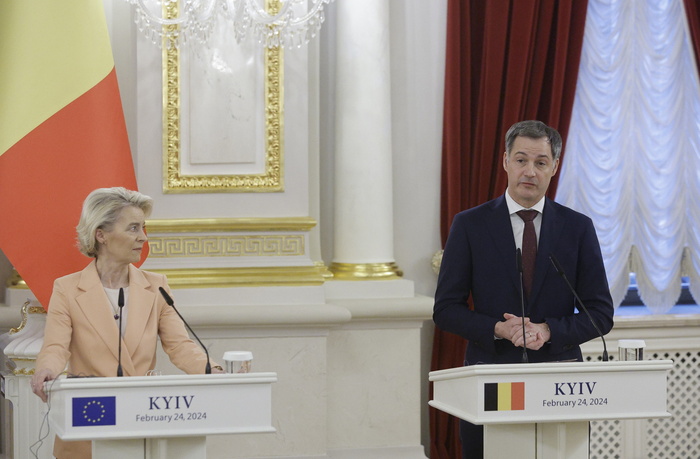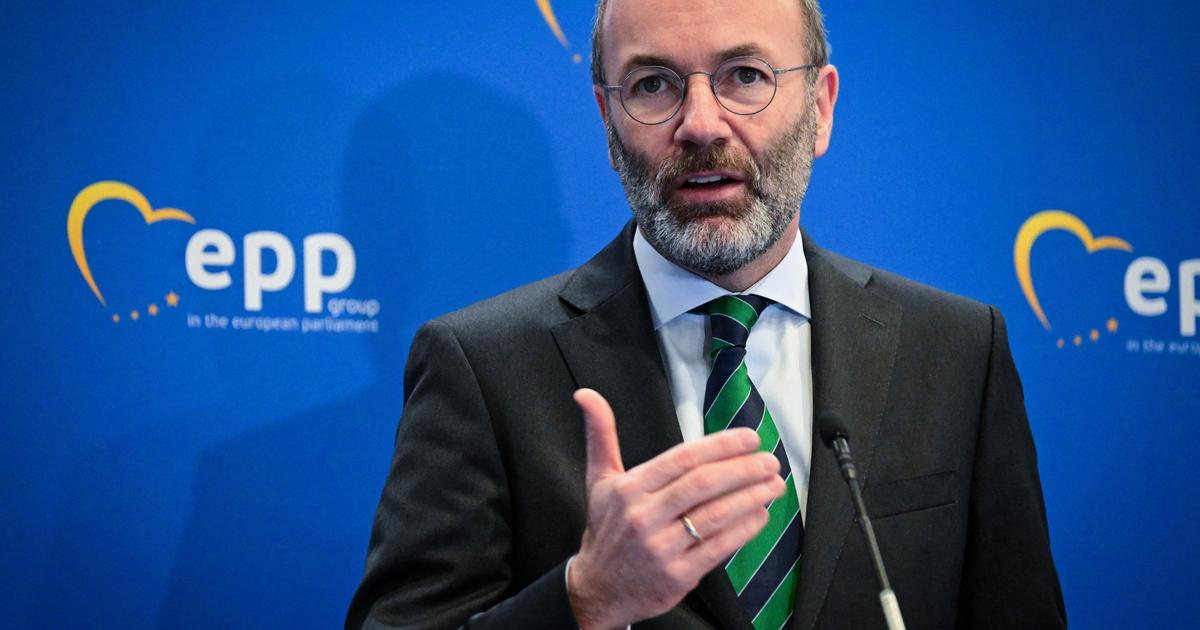After an unusual lethargy, the influx of migrants in an irregular situation towards the European Union is reawakening and is approaching the levels registered in the throes of the 2015 crisis, which turned half the continent upside down.
According to Frontex statistics, released last week, in 2021, 196,000 undocumented migrants entered European territory, close to 204,000 in 2017. It is early to know if this increase heralds a new wave of arrivals;
and, even more, if it would reach the levels of 2015, when 1.8 million people entered community land.
What the experts do agree on is that migratory pressure is going to increase in the coming years, a trend derived from the increase in inequality after the pandemic; the outbreak of new conflicts and, in some cases, the recrudescence of others; and global warming. It is a challenge of great dimensions before which the EU is limping due to the absence of a common vision, according to the analysts consulted.
Entries to Europe grew by 57% in 2021, according to figures published last Wednesday by the European border agency. His analysis indicates that the gradual lifting of the mobility restrictions established at the beginning of the pandemic —which lasted for much of 2020 and caused the lowest number of crossings since there were records, in April of that year: 900— does not explain the increase by itself. There are "other factors" that cause the migratory influx, Frontex emphasizes in its report.
In 2020, “the pandemic still created uncertainty”, considers Patrycja Sasnal, a professor at the Migration Academy of the Natolin College of Europe, based in Warsaw. “People were kind of on hold, but the number of people who wanted or needed to emigrate kept growing. The increase is the result of the release of this accumulated pressure”, continues Sasnal. The escalation of inequality caused by the coronavirus – while billionaires have become richer, 800 million more people have been pushed into extreme poverty – is another key factor behind this phenomenon. "The worsening of their living conditions has pushed them to emigrate," says Mira Milosevich-Juaristi, principal investigator at the Spanish
think tank
Real Instituto Elcano.
Beyond the repercussions of the pandemic, Frontex figures also show an increase compared to the years prior to covid, with nearly 50,000 more arrivals than in 2018 and 2019. For the border agency, one of the factors “ defining factors” has been the crisis in Belarus. The European countries bordering the former Soviet republic - Poland, Lithuania and Latvia - recorded enormous growth last year: from 677 irregular entries in 2020 they have risen to nearly 8,000. However, the influx of people orchestrated by Aleksandr Lukashenko's regime represents only 4% of total arrivals in EU territory in 2021. "This percentage does not explain the increase," says Milosevic-Juaristi, from Elcano, by phone.
The border agency also emphasizes that the Minsk movement was a “hybrid operation” – a definition almost identical to the “hybrid attack” referred to by the Community Executive – in which migrants were “used”. That is precisely the argument put forward by Brussels to justify its proposal to toughen international protection standards, which will allow asylum seekers to be kept at the border, the processing of applications to be extended by up to four months and the prompt return of those who have your request rejected.
The European Commission thus seeks to discourage the "instrumentalization of migrants" by third countries with the "intent of destabilizing" the Twenty-seven. A measure, according to human rights defenders, violates international conventions on the right to asylum. “Migration flows will be a constant in the future of the EU, which is one more reason to agree and have a common migration and asylum law. Until the EU has a common vision, we can talk about the numbers and percentages of Frontex, but not much more”, criticizes the researcher.
The upsurge in conflicts around the world in the first half of 2021, according to the UN Refugee Agency, has also contributed to the increase. In Africa, for example, Ethiopia added 1.2 million displaced people: the open war between the Ethiopian Army and the rebel group Liberation Front of the People of Tigray (north) is a time bomb for some analysts, who predict an emigration in mass. According to Frontex data, Syrians led the crossings into European territory in 2021, followed by Tunisians, Moroccans, Algerians and Afghans – the latter fleeing the return of the Taliban.
"Immigration is becoming an identity problem in some countries, which see it as a threat," warns the Elcano researcher, pointing to the countries of the so-called Visegrad group: the Czech Republic, Poland, Slovakia and Hungary. Precisely, the latter - whose Government maintains one of the toughest anti-immigration positions - registered an increase in irregular arrivals of 125% last year, up to 60,540, only behind those collected on the central Mediterranean route. The increase of almost 35,000 entries in Hungary, which would explain a large part of the rise, has not been clarified, after this newspaper tried unsuccessfully to obtain the Frontex version.
The other side of the coin is the growing awareness in several European countries — Visegrad aside — that the continuing aging of the population, resulting from low birth rates and increased life expectancy, makes it more necessary than ever for immigration.
The case of Germany, the most populous country in the Union, is relevant: there, the coalition government of Social Democrats, Greens and Liberals has advanced a radical change in its migration policies.
His calculations are clear: he will need the arrival of 400,000 foreigners each year to cover his lack of personnel.
discrepancy in figures
The numbers handled by the International Organization for Migration (IOM) contrast with those of the European border agency: “We are not observing a significant increase in irregular migration in the EU compared to previous years. After the decrease in 2020, in 2021 arrivals in Europe followed a fairly similar evolution to that of 2019 and 2018, and are much lower than between 2014 and 2017, ”say sources from the United Nations agency.
"The increase may be visible in the numbers, but the differences in the figures are still too small to say with definitive certainty that there is a trend of increased migration," says Patrycja Sasnal of the College of Europe.
“We can be sure that with climate change making life unbearable in parts of Asia and Africa, there will be more migration pressure in the years to come.
Europe must prepare for this by helping these particularly vulnerable countries and creating more possibilities for regular migration”, settles the also head of research at the Polish Institute of International Affairs.
Follow all the international information on
and
, or in
our weekly newsletter
.


/cloudfront-eu-central-1.images.arcpublishing.com/prisa/WSGIPYQJ3ZBJBLTWACM5ZX2QGA.jpg)





/cloudfront-eu-central-1.images.arcpublishing.com/prisa/RYPA5FRAZ3W4EBDJLA3A5T2ZBI.jpg)






